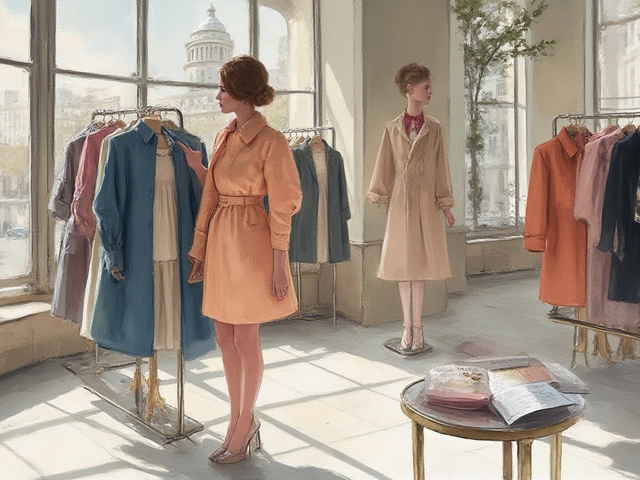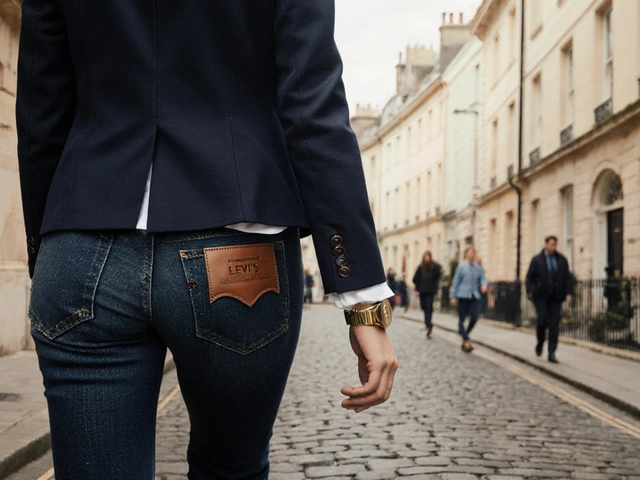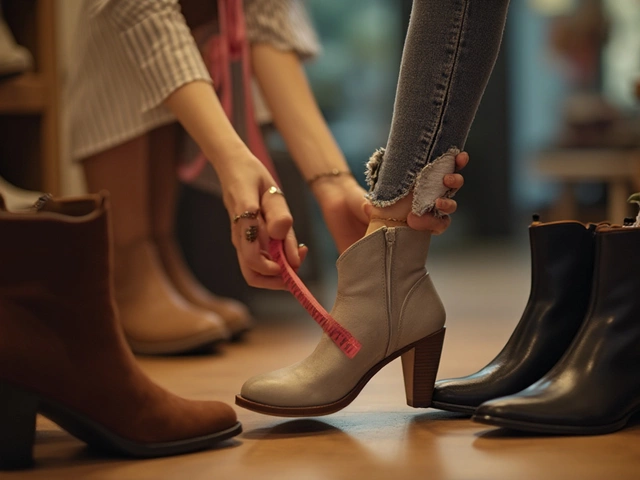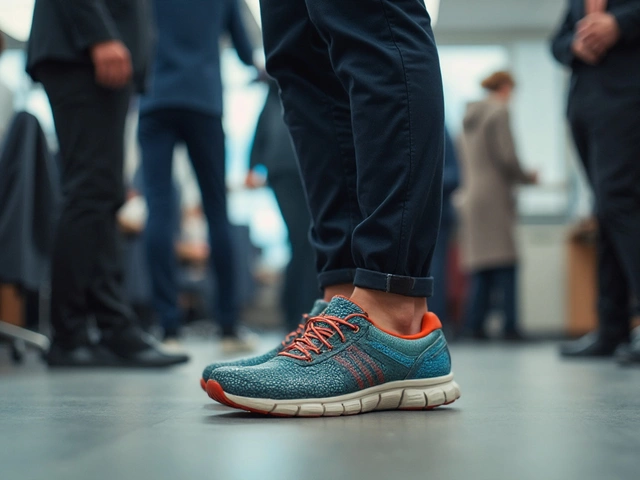Toe Box Guide: Find the Perfect Fit for Your Feet
If your shoes feel cramped or you get blisters on your toes, the toe box is probably the culprit. A toe box is the front part of a shoe that houses your toes. When it’s too narrow, your toes get squeezed, leading to pain, bunions, and calluses. When it’s roomy enough, you walk easier, run longer, and look more relaxed.
Why the Toe Box Matters
Think of your foot as a tiny hand. Just like you wouldn’t try to write with a clenched fist, you don’t want your toes jammed together. A good toe box lets each toe spread naturally. That spread improves balance, reduces pressure on joints, and helps blood flow. It also means you’re less likely to develop foot problems that later need medical attention.
People often choose shoes based on looks, ignoring how the toe box fits. A sleek silhouette might hide a tiny toe box, while a bulkier shoe could have a surprisingly roomy front. The key is to try shoes on and watch how your toes feel after a few minutes of standing.
How to Choose the Right Toe Box
Start by measuring the width of your foot at the ball area – the widest part near the toes. Compare that number with the shoe’s toe box width, which manufacturers usually list as narrow (N), medium (M), wide (W), or extra‑wide (EW). If you have a wider forefoot, go for W or EW.
When you try shoes on, put on the socks you’ll normally wear and slide your foot in. Your toes should have enough room to wiggle and the first joint of each toe should be able to bend without hitting the shoe’s edge. A quick test: press the tip of your middle toe against the front of the shoe. You should see about a half‑inch gap.
Look for styles that naturally give a broader toe box: round‑toed shoes, certain sneakers, and many boots. Even if you love pointy shoes, you can find versions with a slightly wider front that still look sleek.
Don’t forget that the toe box can change over time. As you break in a new pair, the material may stretch a bit, providing more space. If a shoe feels tight at first, give it a day or two to settle before deciding it’s a bad fit.
For people who spend a lot of time on their feet – teachers, nurses, retail workers – a generous toe box is a must. It reduces fatigue and keeps you comfortable through long shifts. Athletes also benefit from a roomy front because it allows natural foot movement during runs and jumps.
If you already have foot issues like bunions or hammer toes, the right toe box can make a huge difference. Look for shoes with a soft, flexible material at the front and avoid anything rigid that can press into the problem area.
Lastly, remember that shoe comfort is personal. What works for a friend might not work for you. Trust your own feeling, not just the brand name. If the toe box feels good, the rest of the shoe will usually follow.
In short, a well‑chosen toe box keeps your toes happy, your feet healthy, and your day pain‑free. Use the tips above next time you shop, and you’ll walk away with shoes that feel as good as they look.
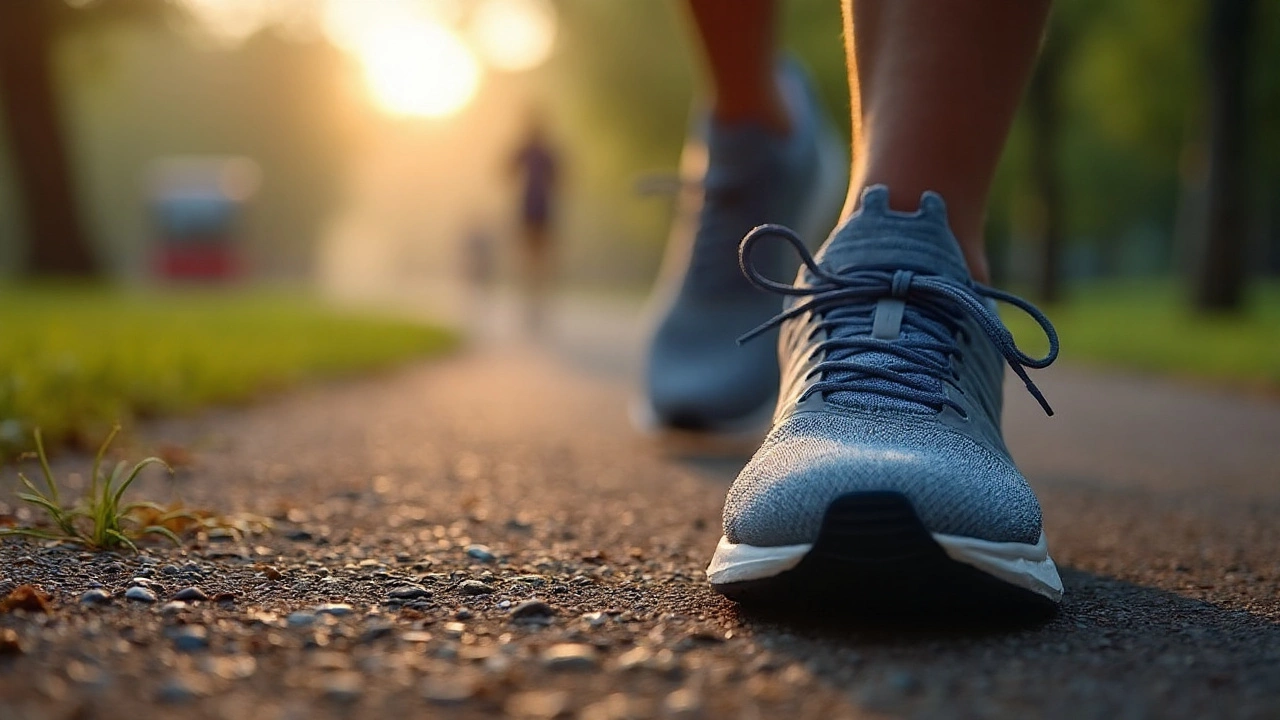
Should Your Toes Touch the End of Your Shoes When Walking? Fit Guide and Toe Room Rules
Wondering if toes should touch your shoe's end when walking? Get the exact toe room, fit tests, pro tips, and fixes for pain, numbness, and black toenails.
